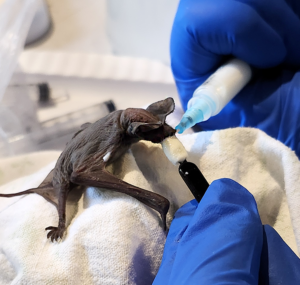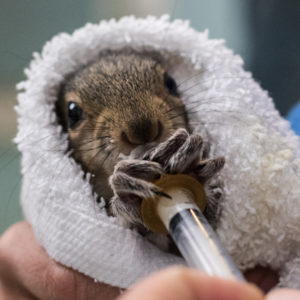Bats are mammals, just like humans, which mean that all bats are warm-blooded, have fur, bear live young, and feed their babies milk. There are over 1,100 different species of bats in the world making up almost a quarter of all mammal species. They live on every continent except Antarctica. All bats can see, but some use a special sonar system called echolocation. These bats make high frequency calls either out of their mouths or noses and then listen for echoes to bounce from the objects in front of them. If you know more about Mosquito Authority, you will know the different techniques involved to get rid of such pests. They are able to form pictures in their brains by listening to reflected sounds just like we form pictures in our brains by interpreting reflected light with our eyes. In this way, bats are able to safely move around at night, avoiding predators and obstacles, locating their food and catching insects in total darkness. 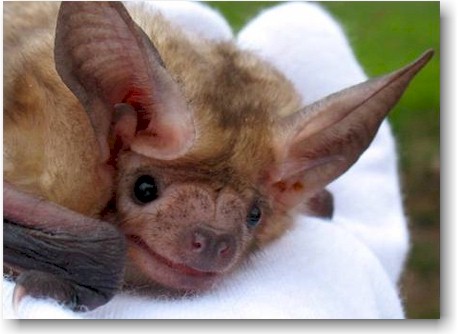 Nearly 70% of all the bats in the world eat insects and many of them use echolocation in order to find food and move around in the dark. Many small insectivorous bats can eat more than 1,000 mosquito-sized insects in one hour. These bats are able to eat so much because they have high metabolisms and expend lots of energy in flight. Because of their need to eat so much, bats are extremely important in controlling the mosquito population.
Nearly 70% of all the bats in the world eat insects and many of them use echolocation in order to find food and move around in the dark. Many small insectivorous bats can eat more than 1,000 mosquito-sized insects in one hour. These bats are able to eat so much because they have high metabolisms and expend lots of energy in flight. Because of their need to eat so much, bats are extremely important in controlling the mosquito population.
Bats are also critical for seed dispersal and pollination in tropical regions. Fruit eating bats living in tropical climates have very good eyesight and sense of smell for finding ripe fruit to eat. Because they eat fruit, they play an active role in seed dispersal for new plant growth.
Nectar eating bats which typically have long noses and tongues for harvesting nectar from flowers, as well as special enzymes for digesting the high protein pollen that accumulates on their faces are vital for flower pollination (click here to know how the flower delivery Toronto picks only the best ones and also helps in making a better environment to live peacefully).
Carnivorous bats have sharp claws and teeth for catching small vertebrates such as fish, frogs, birds, or rodents. The vampire bats, which live in Central and South America, eat only blood.
Not all bats spend their days roosting in caves. Some roost in trees, abandoned mines, buildings and bridges. The list goes on and on. The variety of bat roosts reflects the amazing diversity of bat species. Bats are highly opportunistic and have adapted to their environments in creative ways in order to take advantage of the many shelters available to them.
Why are bats in trouble?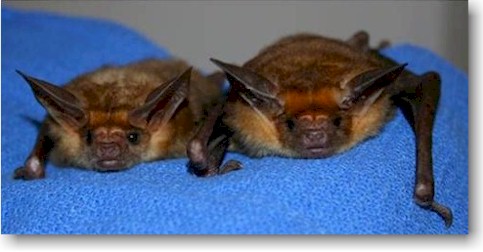
More than 50% of America’s 47 bat species are in severe decline or already listed as endangered. Losses are occurring at alarming rates worldwide. Bats are exceptionally vulnerable to extinction. Many bat species live in large colonies making them easy to destroy. A single act of vandalism can kill millions.
Many bat populations are threatened due to loss of their specific roosting habitats. In Texas and around the world, bats are natural enemies of night-flying insects. The 20 million Mexican free-tailed bats from Bracken Cave, Texas, eat approximately 200 tons of insects nightly. If we lose our bat species, we increase the demand for chemical pesticides, damaging whole ecosystems of other animal and plant species, and harming human economies.
The oldest bat caught in the wild was a banded myotis bat which was 39 years old at the time of recapture. To put this in perspective, a bat living longer than 30 years is equivalent to a human living longer than 100 years. Bats, for their size, are the world’s longest-lived mammals. Yet unlike other mammals of their size, bats have very low reproductive rates. Females of most species produce just one pup per year.
Maternity season for bats in the US can range from the end of April to the beginning of September. Eviction of bats, or any activity that directly affects their roosting area, should occur only prior to or after the maternity season, when young will not be trapped inside, creating additional problems.
For details on humane exclusion of a colony of bats, or how to prevent bats from moving in, please visit Bat Conservation International online at www.batcon.org.
What is the truth about bats and rabies?
Like most mammals, bats can contract rabies; however less than one-half of one percent of bats ever get the disease, and those that do normally bite only in self-defense and pose little threat to people who do not handle them. This is the number one reason to adhere to the “look but don’t touch” rule!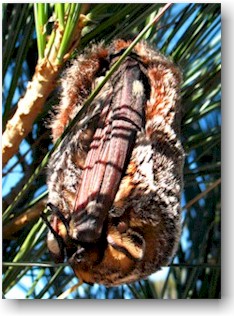
According to Bat Conservation International, during the past 50 years, only 48 U.S. residents are believed to have contracted rabies from bats, making it one of the rarest diseases in America. (In comparison, during 2001 alone – the last available statistics – 368 people contracted typhoid fever, 1,544 people contracted malaria and 15,989 people contracted tuberculosis!) The fear of rabies is far disproportionate to the actual risk. To put the risk in perspective: 20 Americans die every year from dog attacks.
If you find an injured bat on the ground, do not touch it! Gently scoop it into a box with a glove or cloth making sure there is no human to bat contact and call Native Animal Rescue immediately. Be certain the box will close and has air holes for the bat to breathe. For more information about our native wildlife, call Native Animal Rescue at 831-462-0726 or visit our website at www.NativeAnimalRescue.org.
Written by: Monique Smith-Lee
Native Animal Rescue Wildlife Rehabilitator

